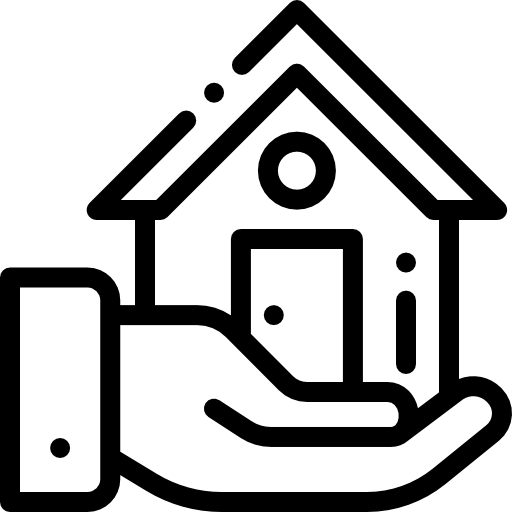Retail environments change rapidly, but records typically do not. Conventional 2D floor plans, photographs, and static CAD files might record a snapshot in time, yet they do not capture spatial relationships, material finishes, or interactive aspects. Digital twins build a permanent, traversable replica of stores, acting as a trustworthy archive for operations, legal requirements, and design heritage preservation.
Why 3D Archives Matter
A digital twin is not just a model but an organized dataset connecting geometry, metadata, timestamps, and media. For retail, this is about maintaining shelf configurations, fixture positions, lighting configurations, signage, and the path of circulation.
When the aim is to have an authoritative record, a digital twin becomes the one source of truth that beats traditional documentation in terms of clarity and speed of retrieval.
What to Include in a Retail Digital Twin
Careful archiving demands preparation, and the following items should be included:
- Spatial geometry, LiDAR, or photogrammetry was scanned to record precise dimensions and relationships.
- Fixtures and assets, catalogued with a unique ID and metadata, including material, vendor, and lifecycle status.
- Visual layers, such as high-res textures and 360-degree photos, are used to maintain finishes and branding.
- Environmental information, such as light levels and HVAC zones, is provided if appropriate to future restoration or audit requirements.
- Change logs and timestamps to track when changes were made and who authorized them.
- Access control and permissions metadata to track who can view or export sensitive store documents.
Benefits for Auditing and Compliance
Regulatory audits, safety inspections, and warranty claims all depend on quality documentation. A retail digital twin archive enables teams to respond to questions quickly, with unambiguous proof. Inspectors can examine conditions remotely, without travel and disruption.
For warranty claims, suppliers can compare installation details to time-stamped records. For accessibility compliance, a 3D record reveals sightlines, ramp locations, and counter heights, with the capability to measure distances exactly from any angle.
Operational Advantages Across Departments
Operations groups leverage stored twins to schedule refurbishments or seasonal refreshes, while visual merchandising groups can see precise fixture placement from past campaigns. Environmental data consulted by facilities managers when resolving repeated HVAC or lighting problems is stored in archives.
Legal and risk groups enjoy an unalterable timeline that tracks approvals, changes, and contractor work, minimizing confusion in disputes. Marketing and brand teams can even virtually recreate past campaigns to guide future creative decisions.
Blending Computerized Archives with Current Workflows
A successful archive integrates into the current retail infrastructure. Tie the twin into asset management, CAD libraries, and work orders. Keep metadata in a taggable repository, tagging with descriptors like fixture 12, flagship store, or seasonal layout 2024.
The model is provided via web clients or VR headsets for any non-technical stakeholder to navigate through archives without software. Architects and contractors should have export to industry-standard format enabled, and interoperability with enterprise systems must also be possible.
Long-term Preservation and Version Control
Archiving is pointless if data cannot be retrieved. Take version control practices, keep raw scans, generated meshes, and metadata apart, and maintain checksums for validation. Prepare for migrations to new formats because software standards evolve, and record conversion procedures.
Think about redundant storage on-premises and in the cloud, and establish retention policies that comply with regulatory needs without incurring unnecessary expense.
Implementation Best Practices
Begin pilot projects in flagship stores, where brand assets and complicated store layouts provide the most benefit. Establish a capture cadence, say quarterly, or prior to and subsequent to significant campaigns. Normalize capture procedures, naming conventions, and metadata fields to provide consistent results across sites.
Organize information at a specified place and provide alternative scanning and processing with in-house or external teams for maximum accuracy while minimizing the risks associated with outsourcing.
Measuring Return on Investment
There are numerous methods to measure ROI: reduced travel for inspections, faster project turnaround, fewer disputes, and a reduced cost of recreating abandoned fixtures. Qualitative gains involve better transfer of knowledge from design to operations and institutional memory that is conserved and enables new teams to grasp past choices rapidly. Monitoring these measures over time allows one to put a number on the effect of a digital twin for a retail initiative.
Conclusion
Digital twins provide retail staff with a real, long-lasting means of recording physical stores with benefits for audits, maintenance, design heritage, and legal transparency. They transform temporary configurations into searchable, measurable records that are valuable through years of store transformation.
For Dubai retailers seeking professional assistance with 3D retail documentation and store design preservation, Limina Studios offers capture teams familiar with LiDAR and photogrammetry, metadata merging, secure hosting, and export packages for facilities teams and architects. Opt for a pilot capture with Limina Studios to contrast costs and results, and keep your store designs safe with a dependable virtual archive.






















